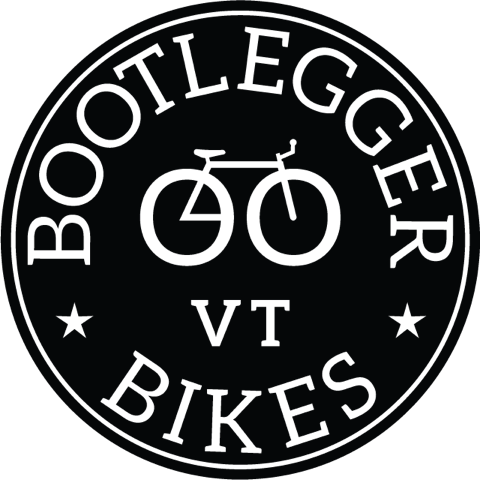Tire Size & Pressure
With the increased availability of larger road and gravel tires it comes at no surprise that we've been playing with the idea that larger tires and lower air pressures increase the rolling resistance of the tire and slow us down. The idea was for us to see if we felt that our performance was inhibited by these factors and if the belief about smaller, high pressure tires roll with less resistance. Tradition in cycling has led most of us to believe that skinnier tires and higher pressures offer the least amount of rolling resistance and therefore make us faster. There's plenty of recent anecdotal and scientific data that suggests otherwise and our sentiments would align with that. After all, the most significant variable regarding speed limitations on a bicycle is wind resistance.
For the past two seasons, we've gone from riding 30mm tires all the way to 60mm tires for gravel riding(some pavement as most of our gravel rides incorporate short sections of paved road). One thing to note is that we have primarily been running anything wider than 35mm tires on a 25-27mm internal rim width. And a quick blurb about wider rims since we mentioned it, whilst wider rims offer some strength advantages, and possibly some others, we don't believe that wider tires necessarily need to be mounted to a wider rim or that wider rims offer a significant benefit strictly related to tire shape (regarding road and gravel tires).
Tire Size
The biggest advantage that we've found with running larger volume tires is comfort. Most of us are riding our bikes for enjoyment, not to hold pace with Ted King at the latest elite gravel race. The fact is that we can run larger volume tires at far reduced air pressures without running the risk of flats or damaging rims and it's a more comfortable ride. Comfort is extremely important and I'm not just referring to that low back pain or numb hand feeling. Your body will experience energy loss and fatigue strictly from the vibrations caused by imperfections in the riding surface that get transferred through the tire, wheel, and frame to your body. So, the more of those vibrations that get absorbed or dampened before reaching your body then the less energy loss and fatigue you will experience from these vibrations. The energy that is lost (rider energy and forward momentum of the bicycle) through these vibrations is referred to as the suspension loss. Suspension loss is the first of two main factors that effect the rolling resistance of the bicycle tire.
Air Pressure
Now, regarding air pressure. Historically, and even still today, the cycling community has a belief that to get the best rolling performance out of your tires then they must be pressurized to the maximum allowed or even higher in some cases. This stems from the idea that the most influential factor in rolling resistance is the friction between the tire and the riding surface. We have gravel and road cyclists that frequent the shop to add air to tires that, in most cases, I've already considered to be overinflated. "What's the max spec on the sidewall of the tire?" is the common question when referring to tire pressures. Rolling resistance is real, no question about it. The second factor that influences the rolling resistance of the bicycle tire is hysteretic loss. Everyone has experienced the underinflated tire or tire with a slow leak that makes it feel like you're riding through a swamp of peanut butter. In these cases, you were feeling the extreme effects of hysteretic loss. This is the energy that is lost due to tire deformation as it comes in contact with the riding surface. We would concede to grossly underinflated tires being a significant increase to rolling resistance, but the extreme underinflation isn't really what we want to discuss. We're talking about the negligible benefits of running a tire inflated to pressures that rattle your teeth when you roll over a cigarette butt versus the pressures that immensely improve the ride quality of the bike and keep you more comfortable so that you don't even feel that cigarette butt. There is unequivocally a point of diminishing return. It is something that if you ever conduct any simple tests of your own you can feel a point where increasing tire pressure has little to no difference in the feeling of rolling resistance while the comfort of the ride noticeably diminishes. While we don't have a great way to quantify what that point is retired engineer, author, and bicycle consultant Frank Berto has studied this topic and published some very good material that can help us identify what that might be. Jan Heine and the team at Bicycle Quarterly have also conducted some detailed studies on tire pressure optimization. They go into great detail on suspension and hysteretic losses and we'd certainly encourage you to visit some of the Bicycle Quarterly content to see for yourself. There is also a consolidated article published by Jan if you're just looking for the cliff notes.
Calculated Tire Pressure
Silca created a calculated tire pressure based on science. It takes into account tire size, system weight, surface conditions, wheel diameter, average speed, and weight distribution on the bike to determine what your front and rear tire pressure should be. It's a very interesting approach and coincidentally aligns closely with the pressures that I've deemed a happy medium for me.
So, are you ready to resist tradition and get more overall enjoyment out of riding your bicycle? Join us in the larger tires and lower pressure revolution!

